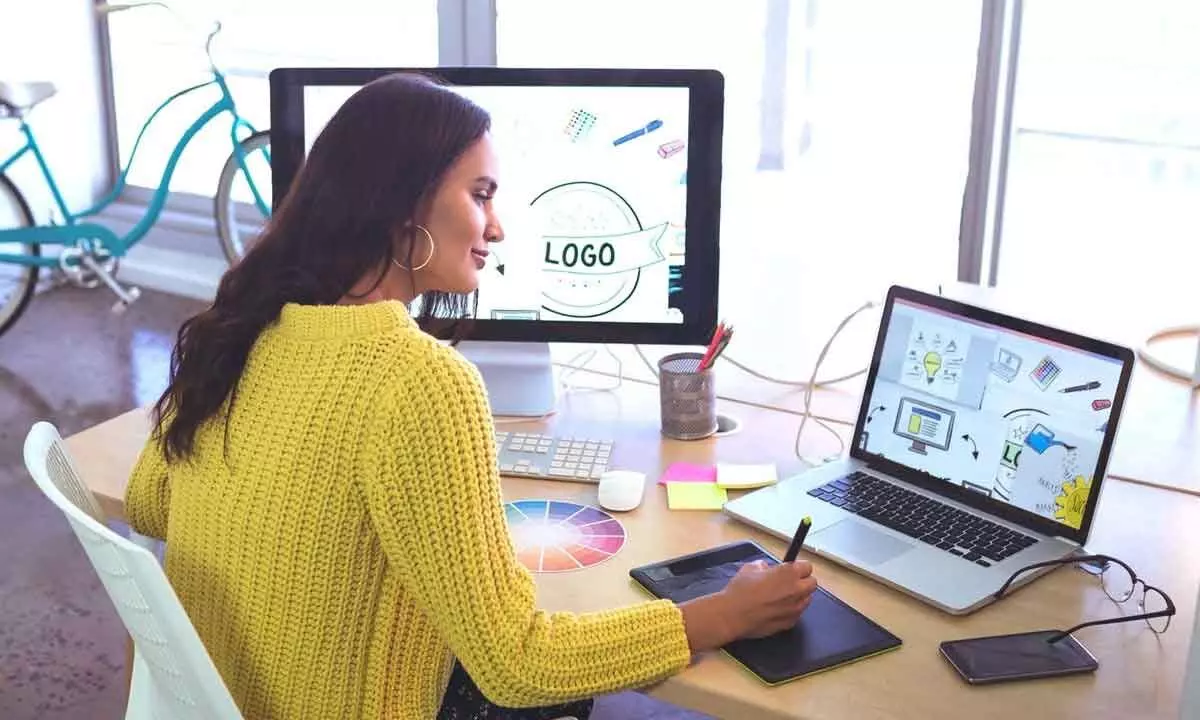5 digital design courses for students

The integration of digital media and communication methods with fashion is the main subject of a course on fashion digital communication. Students acquire the skills necessary to produce visually appealing content for fashion firms, including digital platform-specific graphic design, photography, and videography. To develop brand identity and engage consumers, they get into content production, influencer partnerships, and social media marketing. Trend research, fashion visual storytelling, e-commerce tactics, and fashion-specific digital marketing are all covered in the course. In order to prepare them for exciting careers in the rapidly changing fashion industry, students also study cutting edge technologies like augmented reality (AR) and virtual reality (VR) in fashion communication
Students who want to succeed in the creative industries and the sectors which needs the support of these industry interventions must acquire digital design abilities. The need for experts in digital design is growing, ranging from Communication design to user experience (UX) design. Students are keen to take these five digital design courses in order to improve their abilities and professional prospects:
Communication design
The art and practice of creating written and visual messages that successfully convey ideas, information, and emotions is known as communication design. It includes a number of fields, including digital media, branding, typography, graphic design, and advertising. Visual components, typography, colour schemes, and layout strategies are all used by communication designers to produce visually appealing and educational designs. They work together to create innovative solutions for print, digital, and multimedia platforms with clients, marketers, and other experts. Good communication design is a strong tool in branding, marketing, and storytelling since it not only alters perceptions, elicits emotions, and influences behaviour in addition to clearly communicating messages. Using industry-standard tools like Adobe Photoshop, Illustrator, and InDesign, students engage in hands-on projects to apply design concepts effectively. By mastering graphic design fundamentals, students develop a strong creative eye and the ability to communicate ideas visually.
User Interface (UI) Design / UX Design
The goal of UI design is to provide visually appealing and user-friendly interfaces for digital goods and apps. Students gain knowledge of design systems, usability testing, prototyping methods, and UI design concepts. They become proficient with programs like Adobe XD, Figma, and Sketch so they can work with stakeholders and developers to create interactive prototypes. Students create portfolio-worthy designs through practical projects that highlight their aptitude for problem-solving and UI design.
UX design puts the user’s total experience and happiness first. Information architecture, wire framing, UX research methodologies, and usability concepts are all covered in this course. In order to develop seamless digital experiences, students learn how to map user flows, create personas, and conduct user interviews. Students create user-centered designs that satisfy both user needs and company objectives by studying user behaviour and psychology.
Fashion digital communication
The integration of digital media and communication methods with fashion is the main subject of a course on fashion digital communication. Students acquire the skills necessary to produce visually appealing content for fashion firms, including digital platform-specific graphic design, photography, and videography. To develop brand identity and engage consumers, they get into content production, influencer partnerships, and social media marketing. Trend research, fashion visual storytelling, e-commerce tactics, and fashion-specific digital marketing are all covered in the course. In order to prepare them for exciting careers in the rapidly changing fashion industry, students also study cutting edge technologies like augmented reality (AR) and virtual reality (VR) in fashion communication.
Motion Graphics and Animation
In order to provide dynamic and captivating visual material, motion graphics and animation are necessary. Students pick up skills for making animated logos, explainer movies, and interactive animations using programs like Blender, Cinema 4D, or Adobe After Effects. To make drawings come to life, they explore key frame animation, timing, easing, and storytelling concepts. Students build a portfolio of their motion graphics and animation design talent through practical projects.
Responsive Web Design
Developing websites that fluidly adjust to various screen sizes and devices requires responsive web design. In addition to ideas in HTML, CSS, and JavaScript, this course covers frameworks for implementing responsive design, such as Bootstrap or Tailwind CSS. Pupils get knowledge on how to create and design websites that put the user experience on desktop, tablet, and Smartphone first. To produce visually appealing and accessible online interfaces, they investigate accessibility standards, media queries, and responsive design principles.
Every one of these courses gives students the knowledge and abilities they need to succeed in the field of digital design. By means of a blend of didactic education and hands-on practice, learners may establish a robust groundwork and produce influential designs that fulfill user requirements and organizational goals.
(The author is Dean, School of Design, Vijaybhoomi University, Mumbai)


















